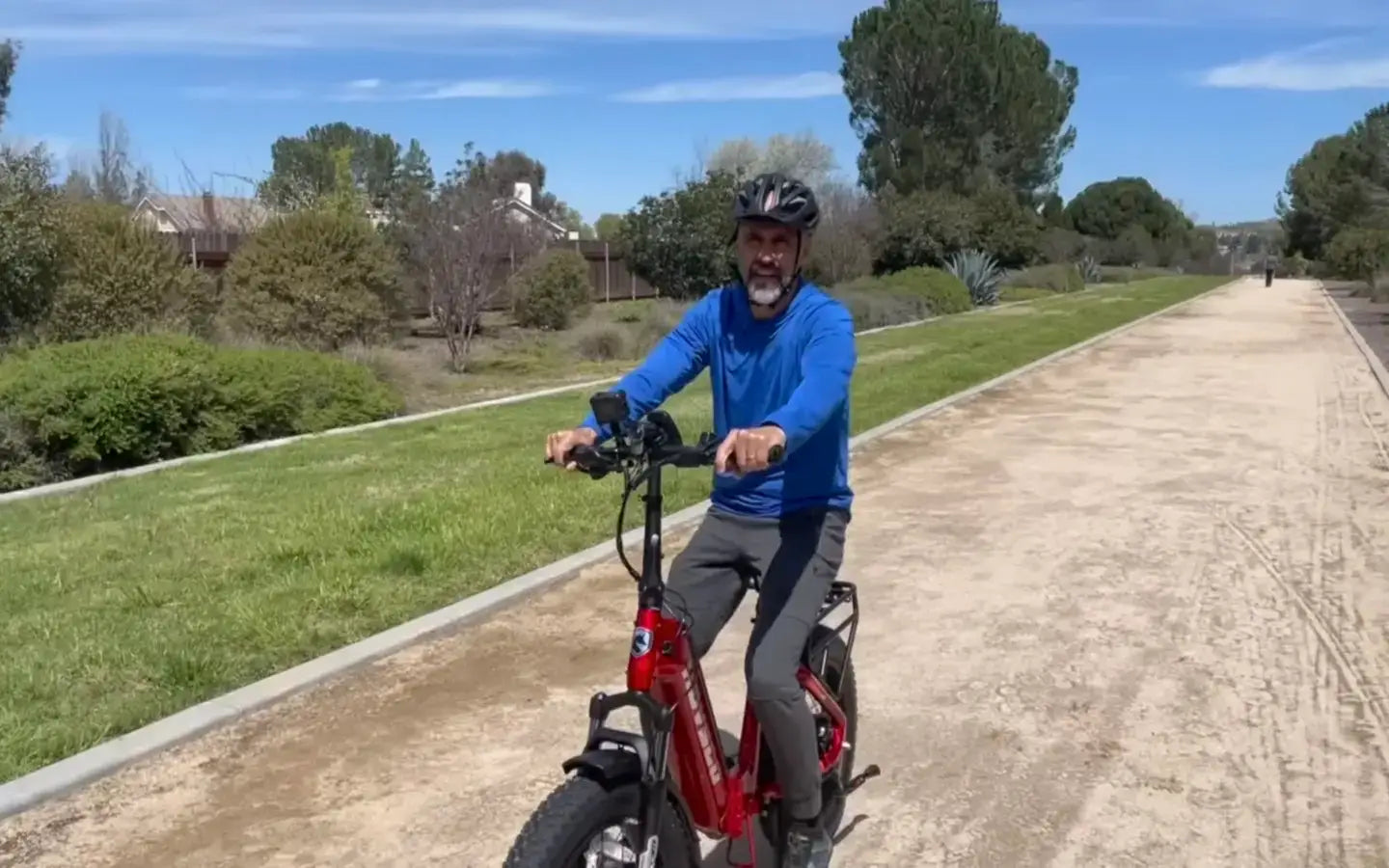
- by LiuJiazhu
How Do Electric Mountain Bikes Handle Steep Climbing Terrain?
- by LiuJiazhu
Electric mountain bikes handle steep climbing terrain by leveraging high-torque mid-drive motors, optimized power modulation, advanced suspension systems, and efficient gear ratios to provide riders with smooth, controlled, and powerful ascents. These features enable eMTBs to conquer gradients exceeding 30% while maintaining traction, stability, and rider comfort. How To Select 26 Inch Fat Tire Electric Bikes For Adults?
High torque output, typically above 75Nm, is critical for effective steep climbing. Mid-drive motors excel by utilizing the bike’s gearing system to multiply torque, allowing riders to maintain cadence and power on steep inclines. Models like the HOVSCO Hv200 feature 100Nm torque motors that climb 35% grades at steady speeds without overheating, supported by thermal management systems to sustain performance during prolonged climbs.
Motor Torque and Climbing Capability Chart
| Motor Torque (Nm) | Climbing Ability | Optimal Battery Capacity (Wh) | Suspension Travel (mm) |
|---|---|---|---|
| < 75 | Limited on steep slopes | < 600 | < 140 |
| 75-100 | Strong on steep terrain | 625-900 | 140-170 |
| > 100 | Exceptional, technical climbs | 750+ | 150+ |
Smart power modulation adjusts motor assistance based on pedal input and terrain, preventing wheel slip and conserving battery. Torque sensors detect rider effort and modulate power smoothly, enabling precise control on variable gradients. This technology ensures efficient energy use and maintains traction, especially on loose or technical surfaces.
Long-travel suspension (140-170mm) absorbs shocks from uneven terrain, improving tire contact and rider stability during climbs. Adjustable damping and preload settings allow customization for rider weight and trail conditions, reducing fatigue and enhancing control. Effective suspension complements motor power by smoothing the ride and maintaining momentum.
Optimized gear ratios enable riders to maintain a steady pedaling cadence, balancing speed and torque. Lower gears provide mechanical advantage on steep inclines, reducing motor strain and rider effort. Efficient power transmission through well-chosen gear combinations enhances climbing endurance and prevents premature battery drain.
Ideal weight distribution, around 40% front and 60% rear, prevents front wheel lift and rear wheel slip on steep gradients. Balanced bikes maintain traction and steering control, allowing confident navigation of technical climbs. Frame geometry and motor placement contribute significantly to achieving this balance.
| Model | Motor Torque (Nm) | Battery Capacity (Wh) | Suspension Travel (mm) | Notable Features |
|---|---|---|---|---|
| HOVSCO Hv200 | 100 | 750 | 160 | Mid-drive motor, thermal management |
| Specialized Turbo Levo SL | 90 | 700 | 150 | Lightweight, responsive power delivery |
| Trek Rail 9.8 | 85 | 625 | 160 | Durable frame, adjustable geometry |
When selecting an electric mountain bike for steep climbing, prioritize motors with at least 75Nm torque and mid-drive configuration for efficient power transfer. Choose batteries with 625Wh or higher capacity to sustain long climbs. Look for adjustable suspension with 140mm+ travel and optimized gear ratios. Brands like HOVSCO offer models designed for technical ascents, combining power, durability, and rider-focused features.
""HOVSCO engineers electric mountain bikes with climbing performance as a core focus, integrating high-torque motors and advanced thermal management to tackle steep gradients reliably. Our designs emphasize balanced weight distribution and suspension tuning to enhance traction and control. We aim to empower riders to conquer challenging terrain with confidence and ease." — HOVSCO Technical Director
Q: What torque is needed for steep hill climbing on an eMTB?
A: Motors with 75Nm or higher torque are recommended for effective steep climbing.
Q: How does suspension travel affect climbing?
A: Longer suspension travel improves shock absorption and traction on uneven climbs.
Q: Can mid-drive motors handle steep inclines better than hub motors?
A: Yes, mid-drive motors leverage gears for efficient torque multiplication, ideal for hills.
Q: Does battery capacity impact climbing performance?
A: Higher capacity batteries provide sustained power for longer or more demanding climbs.
Q: How important is rider technique in steep climbing?
A: Proper body positioning and cadence control complement bike features for optimal climbing.
Share:
Why Choose Step-Thru Electric Mountain Bikes?
What Are Step-Thru Electric Mountain Bikes?